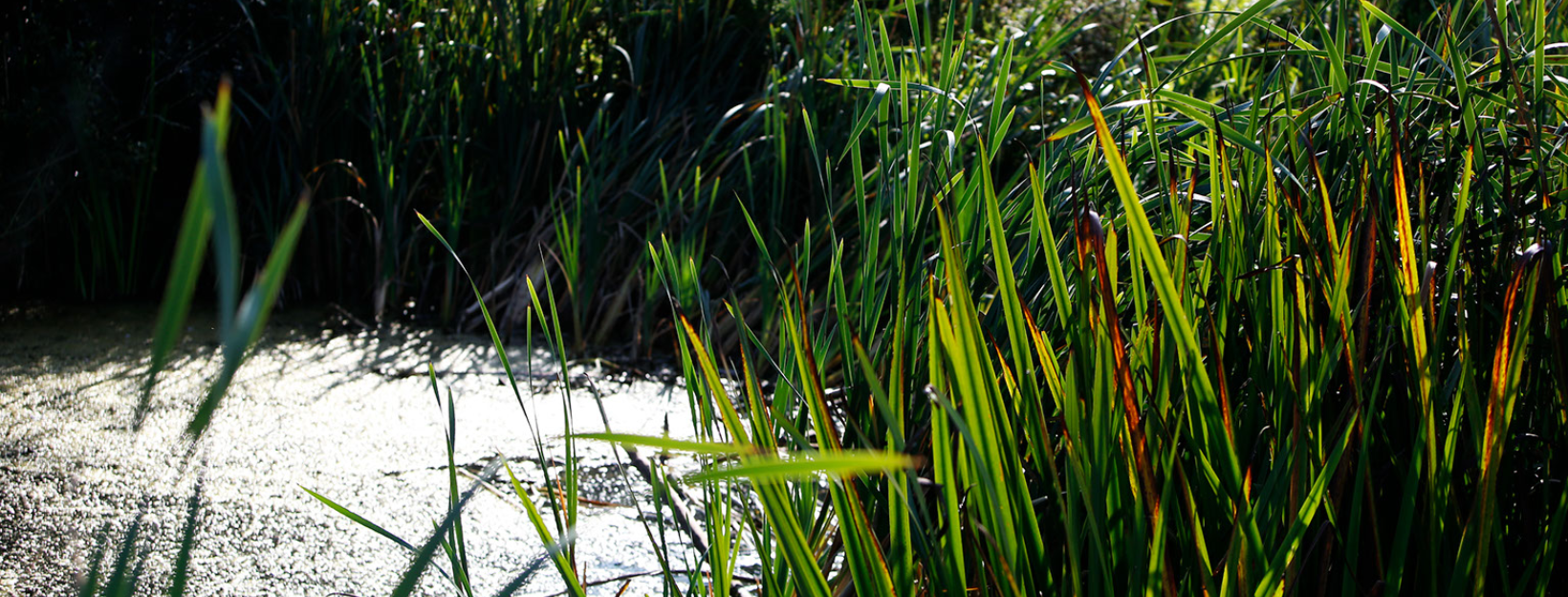
Nature recovery
The term nature recovery refers to actions we need to take to protect, sustainably manage, improve and restore the natural environment.
Promoting nature’s recovery is a priority for the council and we have a responsibility to work together to protect and enhance the rich variety of species and habitats in our district, including those which have local, national, and international importance
Biodiversity Annual Monitoring Report for South Oxfordshire
Each year the council publishes a South Oxfordshire Biodiversity Annual Monitoring Report which provides a snapshot of how some of our most important habitats and species are doing.
Download the Biodiversity Annual Monitoring Report 2024 for South Oxfordshire
Download the Biodiversity Annual Monitoring Report 2022-2023 for South Oxfordshire
Our wildflower meadows
We have several designated areas in South Oxfordshire that are our wildflower meadows where we only cut the grass three times during the year – at the beginning and end of the growing season in March and October, plus a cut and rake up in September once the wildflowers have set seed.
This helps to ensure that grass doesn’t dominate the area and gives wildflowers the chance to establish and grow. In some cases, we also plug plants or sow wildflower seeds to encourage a more diverse range of species.
If you click on following links you will be able to download the maps showing our wildflower areas for:
Looking after land we own and manage
In May 2022 we trialled letting the grass grow on sections of land we own on the Ladygrove estate in Didcot and at Radnor Road in Wallingford, with one or two cuts at the beginning and end of the growing season. This allowed wild plants and flowers to grow, which was good news for insect life, particularly pollinators such as bees and birds. In 2023 we extended the trial further with our Let It Bee project which included more sites across the district.
And in 2024 we have added new sites to our meadow areas following recommendations from residents, council members and parish councils. These have been carefully managed and monitored with the aim of increasing wildlife, as well allowing the existing plants to thrive by not being cut so often. This should make the plants and soil better able to withstand periods of extreme weather.
More on how we manage our land on our grass cutting page.
Tree planting
We want to see a vast increase in tree planting across the district, on both public and private land.
On our tree planting page we have information on how to get involved with tree planting projects. Also support for tree planting projects as well as information on planting trees on council land.
Funding for nature recovery projects
We have a £50,000 fund to increase biodiversity and encourage public access to green spaces in the district.
In partnership with Trust for Oxfordshire’s Environment (TOE), the money will be given as grants through TOE’s Local Environment Fund to help boost local nature recovery efforts and reduce the impacts of climate change.
It is aimed at community groups, town and parish councils, charities and non-profit organisations who should apply to TOE for funds to help look after South Oxfordshire’s green spaces. More on this fund for nature recovery page.
We also provide grants to local community organisations, which could be used for climate projects.
We have a list of other sources of funding for community projects on this page which shows where to get funding.
Oxfordshire’s Local Nature Partnership (LNP) and Local Nature Recovery Strategy (LNRS)
Oxfordshire’s Local Nature Partnership (LNP) brings together councils, universities, environmental organisations, farmers, business and landowners, and puts nature at the heart of decision-making to help our communities and nature to thrive. The LNP will support the creation of a new Local Nature Recovery Strategy for Oxfordshire, which is a requirement of the Environment Act 2021.
Oxfordshire's state of nature report
Oxfordshire’s State of Nature report provides us with a picture of the state of Oxfordshire’s natural habitats and species. It helps us prioritise landscape-wide initiatives such as the 15 Conservation Target Areas (CTAs) in South Oxfordshire where we can direct our efforts to make the biggest impact.
Biodiversity and planning
The council works to protect and enhance biodiversity through the land use planning system to help ensure our local environment is better protected for future generations.
More info on our Biodiversity and planning page.
This page covers (among other things)
- Biodiversity Net Gain
- Local Plans
- Neighbourhood plans
- Great Crested Newts
Rivers and Waterways
We have a dedicated page for rivers and waterways which covers
- Our Thames Champion
- Bathing Water Status at Wallingford
- River catchment partnerships
- Where to get information on sewage discharges into our rivers

